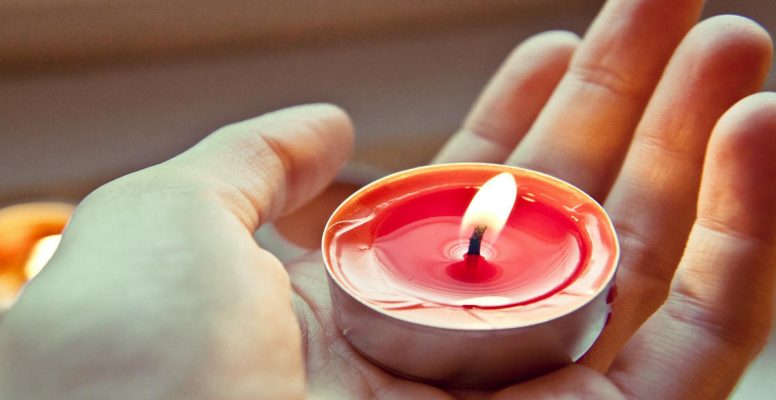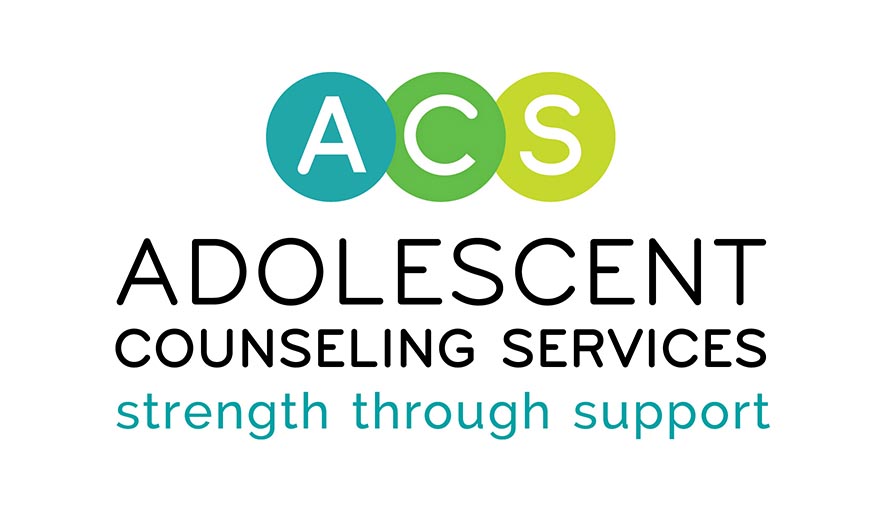
Rituals in Therapy
Written By: Ann Stillingfleet, ACS Clinical Intern, Adolescent Substance Abuse Treatment and Community Counseling Programs
What comes to mind when you think of rituals?
Perhaps you visualize a religious ceremony, a celtic gathering in an oak grove, a medicine man or sage woman conducting a healing or a centuries old tradition passed down through generations. Perhaps, though, as you think about what purpose rituals have served in generations of people across time and space, you may also recognize the ways in which we weave rituals into the fabric of our daily lives. They serve as a sense of stability, structure, belongingness and reminders in the midst of our hectic schedules of what is really important to us. Many of the rituals we practice on a daily basis have become unconscious. Other rituals serve to remind and bring to consciousness the need to remember who we are, what we stand for, what we value, and what we need to remember not to ever ever forget.
Why do we need ritual in our lives? And, more importantly, why is it relevant to our work as parents and counselors raising and working with adolescents?
The complexity of life, especially the so-called hyper connectedness of our culture is leaving many people feeling lost and alienated; emotionally, mentally and spiritually paralyzed. So much so that some people, especially adolescents, are turning to unhealthy practices to numb the overstimulation of their worlds. Very little in our lives allows for being still. Many of us experience guilt-ridden anxiety at doing nothing. In this culture of speed, “need to know now” and the race to success, we have been losing touch with what it means to LIVE in the moment.
Recognizing that this is a persistent reality in our culture and maybe an unavoidable necessity, ACS has integrated Mindfulness activities into our work with teens as way to cope with this reality–and it is one of the most challenging things we ask of them. Mindfulness is an integral part of ritual creation and practice. Rituals have the effect of focusing our attention to the present moment, remembering to let go of anger or hurt and finding meaning in a difficult situation or recognizing or celebrating a threshold or milestone. Sometimes just the act of choosing a pebble on a beach, contemplating its unique qualities and noticing what comes to mind or body can constitute the beginning of a ritual practice. Creating rituals satisfies a need many of us have to slow down, and be quiet and still (if only for a few minutes) to remind us to live the life we are so intent to speed through. For the brief interlude we allow ourselves this gift of presence, we can wake up to who we are, what we are feeling, what we really need for ourselves, what we are forgetting or denying and how we are connected to the rest of life.
The practice of rituals helps to tether us to significant events, milestones reached, people we want to remember, values we cherish, qualities we aspire to. Imbuing the events and elements of our life with meaning reminds us to remember to think from the heart.
What are the elements of ritual?
Rituals can be very simple and short or more complex and time rich, but every ritual requires certain elements to make it effective:
- Intention – this can be an act of remembrance, focusing attention on letting go of something or someone, being a certain way, achieving a goal or just being still
- Sequence-or itinerary- activities could include readings, mantras, focusing attention on an object or picture, telling a story, making art, eating a food, singing, dancing etc.
- Sacred or designated space
- Symbolic objects – any object that has meaning and relevance to your intention. This could be anything from jewelry tr clothing, a photograph, a stone or shell, food, or tea.
- Include something for each of the senses.
Rituals are intensely personal to an individual, family, or group. For a group or family ritual to be most powerful, it should be collaboratively designed and collectively prepared for so that everyone feels a part of and responsible to the ritual. This may be a family dinner or picnic, a reunion celebration, a celebration of a life that has passed, a celebration of a life that has arrived, a graduation, a wedding, a return from war. Though different in their focus, each ritual has the potential to connect and anchor an event in our memories, slows us down enough to recognize an event and its meaning to us as individuals and as a group.
A ritual may also consist of using a symbolic object to convey or transport a special message to another. For example, one of my favorite places to find peace and calm is Moonstone Beach near Cambria. The beach is named for the moonstones that can be found scattered among the many varied pebbles on the beach. A moonstone is milky colored and slightly iridescent, and years ago I located an artist who sculpted moonstone eggs and I bought a number of them to keep for special moments. The egg carries a potent symbolism, and these moonstone eggs have been given to symbolize my hope that the egg will remind the receiver to believe in and cultivate their potential, trust in the possibilities of new beginnings and be reminded of the inevitability and necessity of the cycle or seasons of life.
Rituals also tap into our need to be creative beings; to make meaning out of the events of our lives, from the tragic to the mundane, the predictable to the sublime in a way that that is personally symbolic. A young client who lost both parents in a freak swimming accident was able to come to some acceptance of her loss by creating a quilt (her mother was a quilter) made up of squares decorated with images signifying stories of her past life with her parents. The quilt became a pillow that she could hold close when she needed to feel close to her mother, and the quilts her mother had made took on the added significance of her mother’s embrace when wrapped around her shoulders. Rituals such as these allow us to embrace and process events in a way that is more digestible than thought or talk alone and can assist us to evolve beyond loss, or trauma, gathering and replenishing strength from a source that exists deep within us and our connection to others.
My invitation to you now is to pause for reflection on how you may create, or revive, rituals that celebrate the significant events, themes and landmarks of your family’s life. Allow every member of the family to have a voice and share their ideas of what is meaningful and important to them.
Ritual is a beautiful way to Restore, Initiate, Treasure, Understand, and make Awesome your Life
